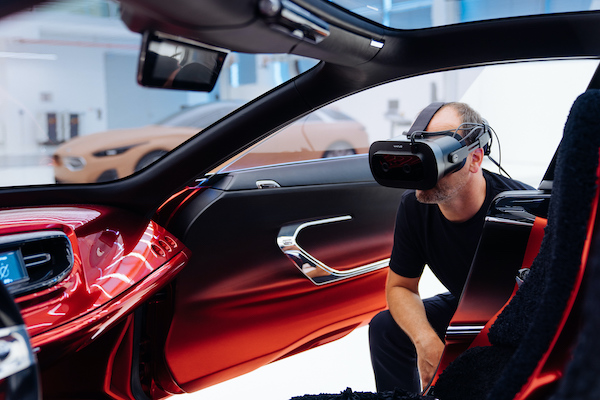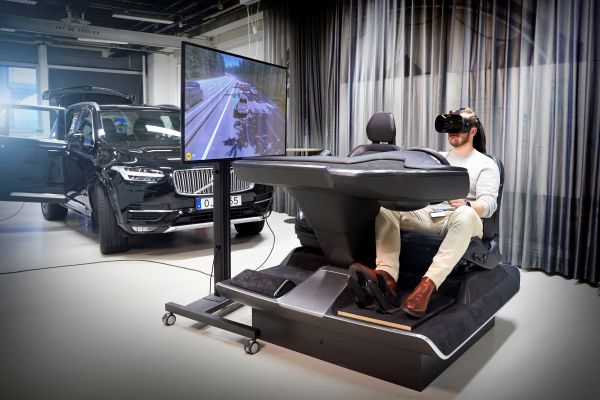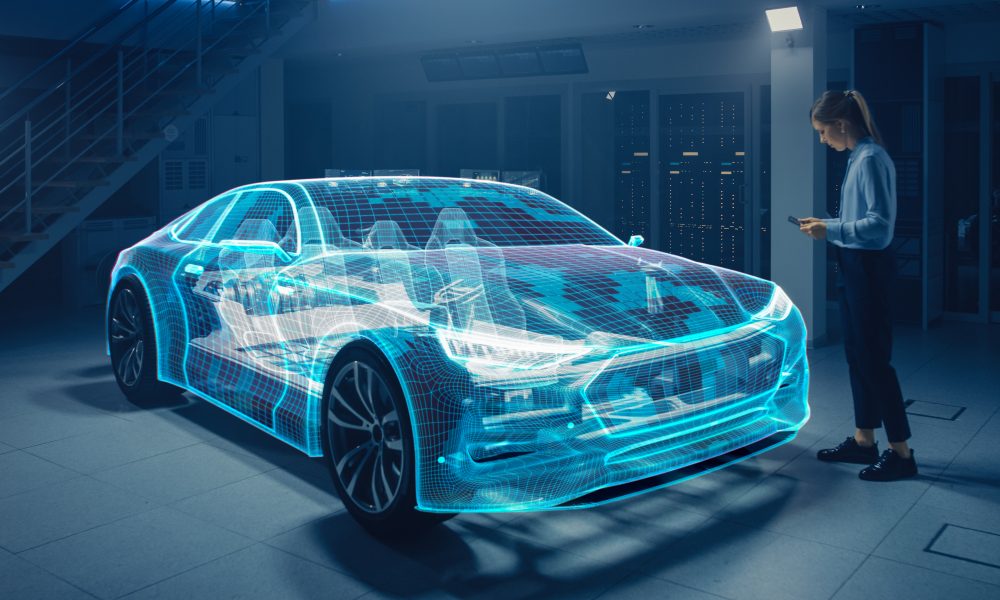The automotive industry is constantly evolving, and the use of virtual reality (VR) technology has revolutionized the way vehicles are designed and tested. In recent years, automotive companies have turned to VR to enhance the design process, improve safety, and reduce costs. In this article, we will explore the different ways in which VR is transforming the automotive industry.
Designing Cars with VR

The design process of a car is a complex and time-consuming task. Traditionally, this process involved designing the car on paper, creating a clay model, and then a physical prototype. However, with the introduction of VR technology, automotive designers can now create a 3D digital model of the car and view it in an immersive VR environment. This allows designers to visualize every aspect of the car, from its exterior to its interior, and make changes in real-time. VR technology has also made it possible for designers to test different materials, colors, and lighting conditions, which helps them to make informed decisions about the final design of the car.
Testing Cars with VR
The safety of a car is of utmost importance, and automotive companies invest a significant amount of time and money in testing their vehicles. Traditionally, car testing involved physical prototypes and test tracks. However, with the use of VR technology, automotive companies can now conduct virtual testing, which is faster, safer, and more cost-effective. By creating a VR simulation of a car, automotive engineers can test how it performs in different driving conditions and scenarios, such as collisions and high-speed driving. This allows them to identify potential safety issues and make the necessary changes before the car goes into production.
Reducing Costs with VR
The use of VR technology in the automotive industry has also led to a reduction in costs. By creating a 3D digital model of the car and conducting virtual testing, automotive companies can save money on the production of physical prototypes and test tracks. This allows them to allocate their resources more efficiently and invest in other areas of the business.
The Future of VR in Automotive Design and Testing

The use of VR technology in the automotive industry is still in its early stages, and there is much more potential for its use in the future. As VR technology continues to develop, automotive companies will be able to create even more detailed and realistic virtual simulations, which will make the design and testing process even more efficient. Additionally, the use of VR technology in the automotive industry will also lead to the development of new and innovative products, which will help to shape the future of the industry.
- The use of virtual reality technology in the automotive industry has transformed the way cars are designed and tested. With the ability to create 3D digital models and conduct virtual testing, automotive companies can save time and money, improve safety, and create innovative products. As VR technology continues to evolve, we can expect to see even more advancements in the automotive industry.
You may also like
-
Click Here for Car Rental Deals: Book Your Car in Minutes
-
Expert Assessment of Fuel Cap Locking Mechanisms and Their Reliability
-
Complete Guide on Ford Mustang Performance Maintenance
-
Luxury Car Rentals for Stunning Clearwater Coastline Photoshoots
-
Singapore Scrap Car Guide: Get Maximum Value From Your Vehicle

